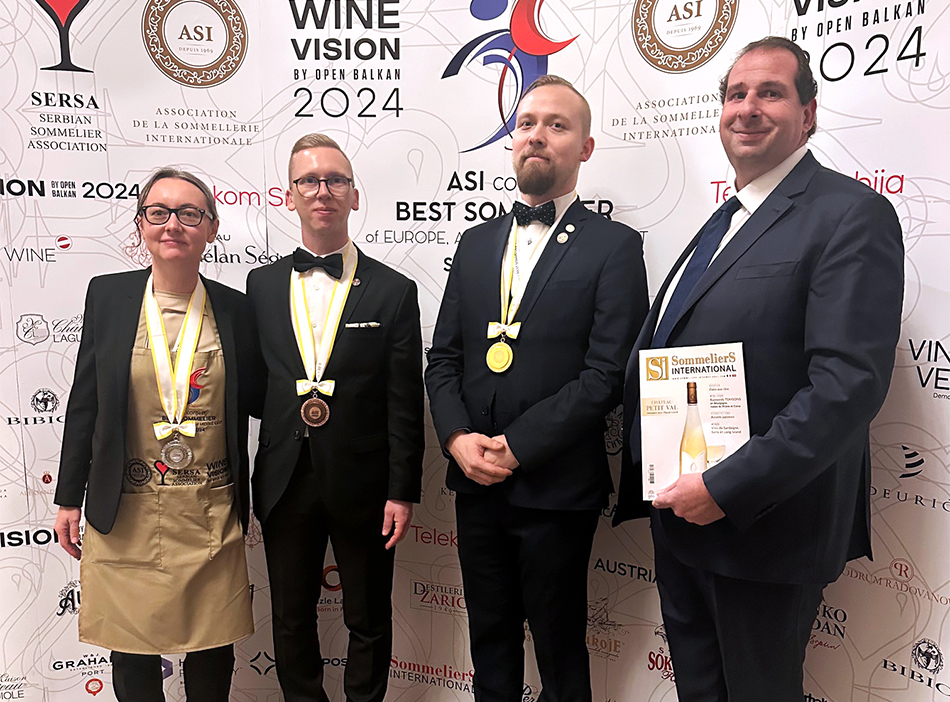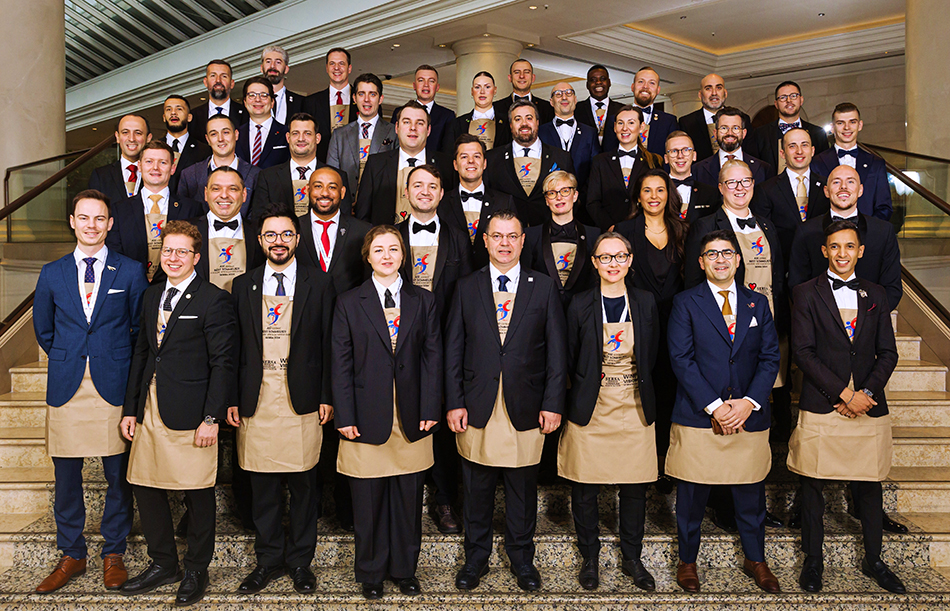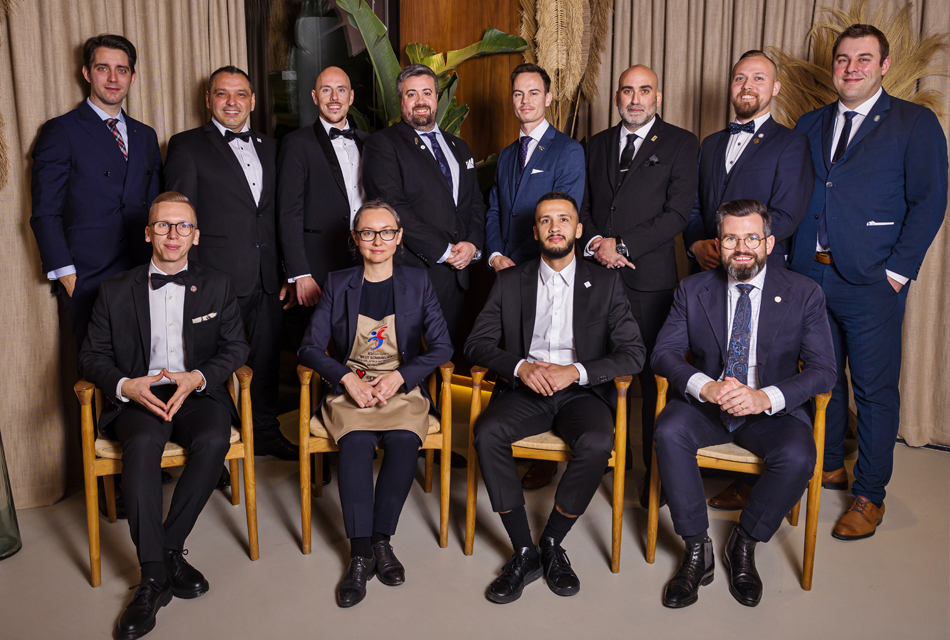
Following Latvian Raimonds Tomsons, it is now his Estonian neighbor who has claimed victory on the European stage. For France, the silver medal earned by Pascaline Lepeltier marks a return to the podium after seven years of absence.
In the world of sommelier competitions, we must now get used to the rise of “meteors”. These are candidates who emerge from relative anonymity to disrupt the established order and overturn all predictions. Mikk Parre, the Estonian crowned in Belgrade, is one such figure. Much like Germany's Marc Almert, who won the 2019 World Championship, or Italy’s Salvatore Castano, who triumphed at the Europe-Africa finals in Cyprus in 2021.


These champions, of course, came with competition experience and strong credentials, much like the Baltic winner. Already a two-time national champion, Parre also secured the title of Best Sommelier of the Baltic States—most recently just a month before the Serbian event. He was well-prepared to take the next step, but instead made a giant leap, leaving with the gold medal. A monumental achievement, especially considering he left the Paris World Championship ranked outside the top 20.
Text Jérémy Martin

This title, a testament to his outstanding performance, is the result of his consistency throughout a demanding final that featured a series of challenging tasks. Over 43 minutes of individual competition, followed by a traditional three-way showdown, competitors faced back-to-back tests. While the final stage contributes fewer points, it guarantees a thrilling spectacle.
The finalists tackled two rounds of service: first for aperitif enthusiasts, then for eight diners at a fine-dining restaurant. They also corrected a sparkling wine list and, most critically, engaged in extensive blind tastings. These included two glasses of red wine made from the same grape variety (Merlot), by the same estate (Tenuta dell’Ornellaia), from the same vintage (2018)—but with different cuvées (Masseto and Massetino). Next came four Cognacs, direct barrel samples from Maison Hine, each at 60% ABV. Finally, a series of five glasses featured Muscat wines from various countries and production methods.
This was enough to establish a clear ranking between the Estonian and the French competitor, with the Lithuanian contender falling out of the race due to missteps during the first service and difficulties with the Cognacs.
The results speak for themselves: Estonia now boasts a champion in a competition that, since its inception in 1988, has been dominated by male sommeliers.